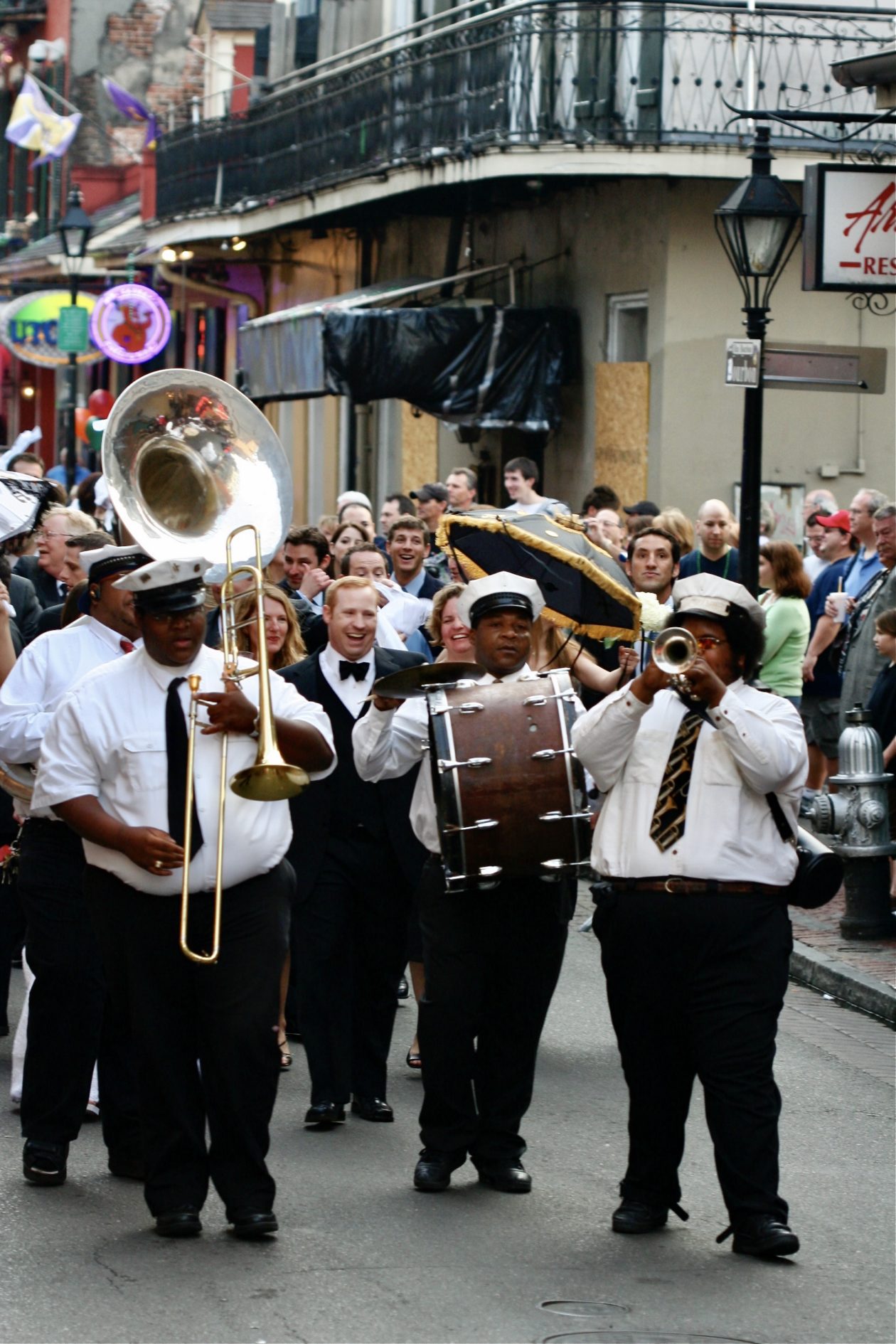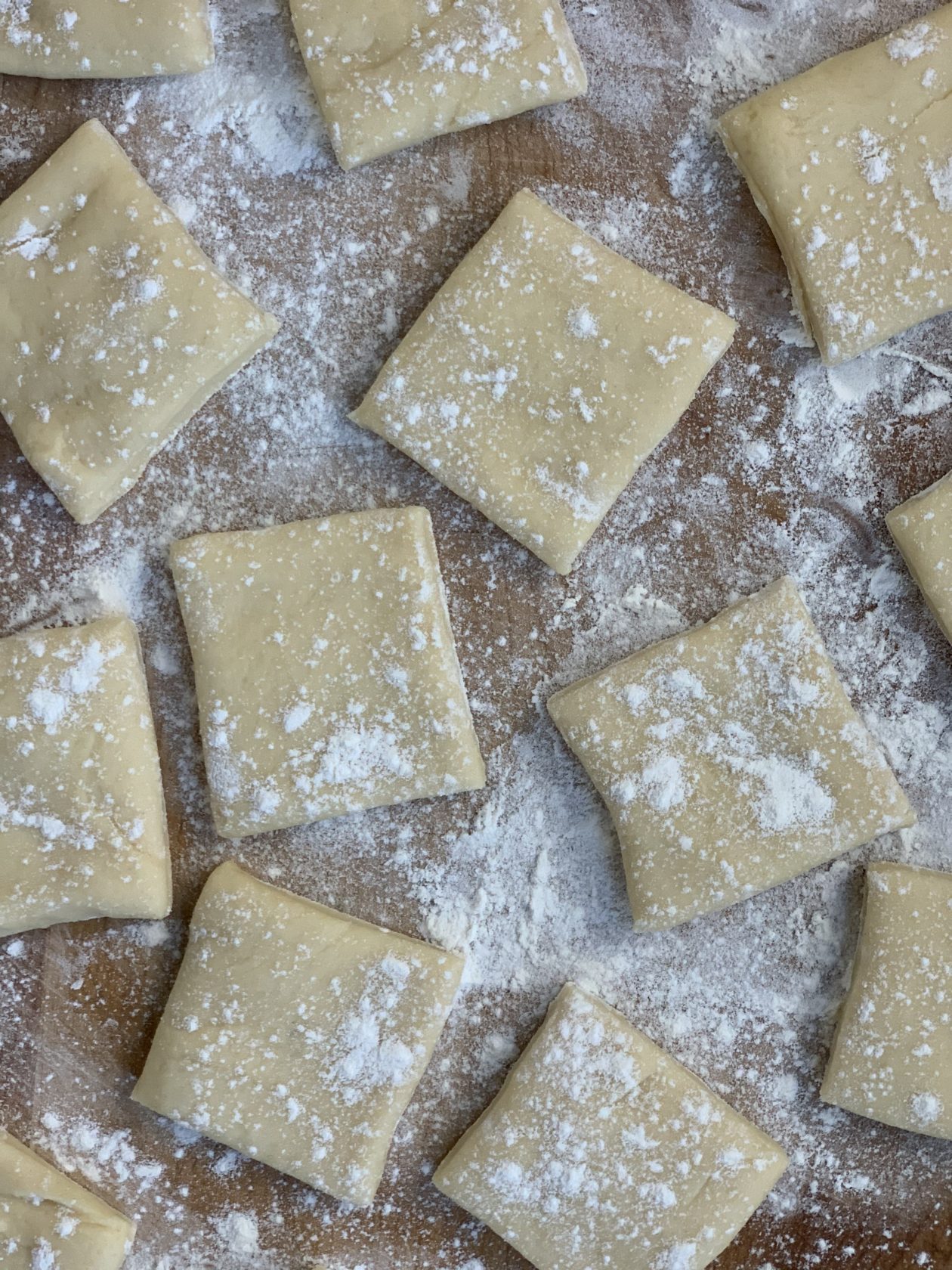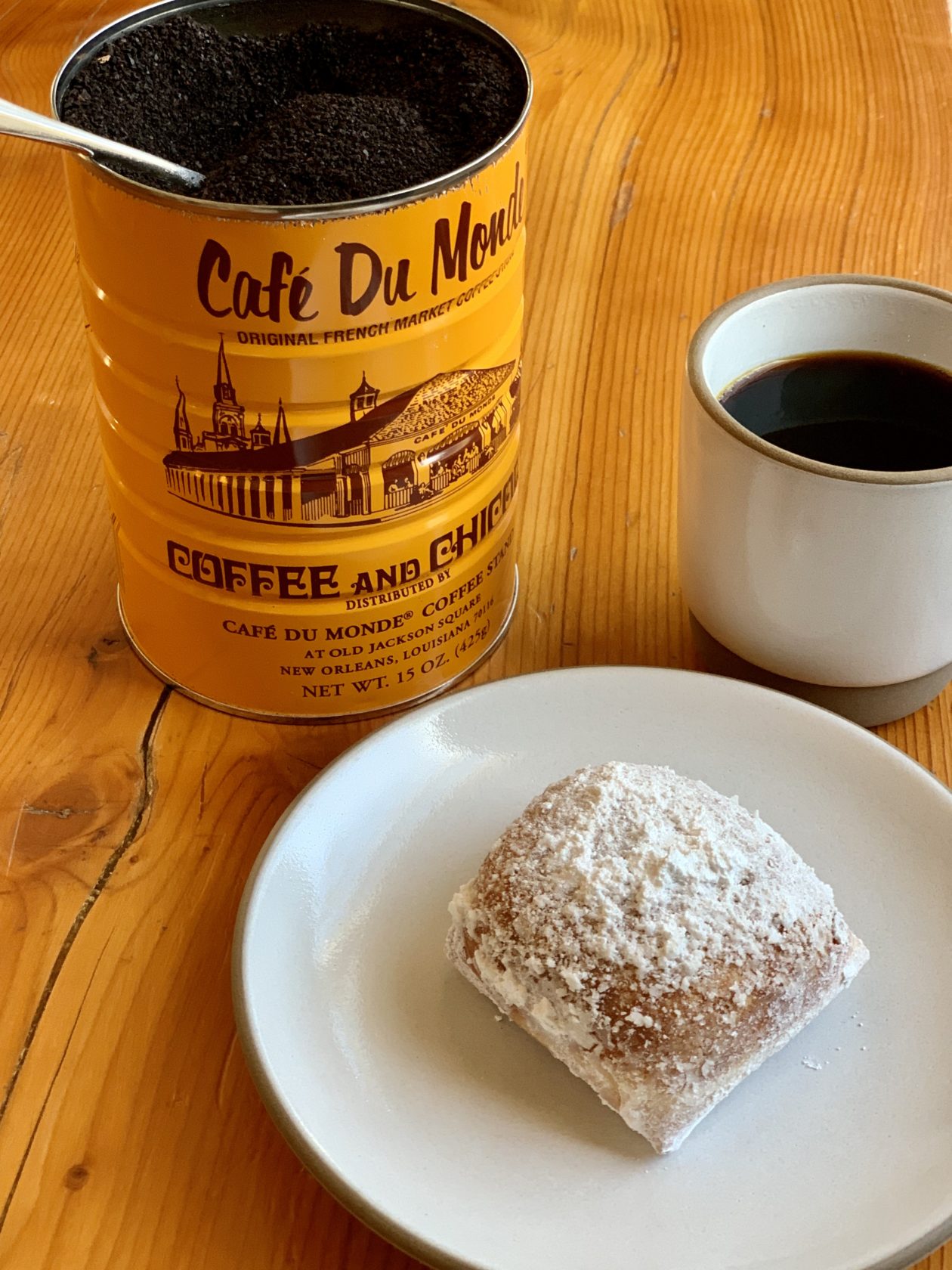Recipes by Jess Thomson

A few nights ago, I found my husband carefully considering a Manhattan from the spot on the couch he’s claimed during the coronavirus pandemic. “When was the last time we went out for drinks?” he asked into his glass. I’d sipped boozy margaritas at a bar with swings for stools in Mexico in early March of 2020. He’d had a Sazerac in a jazz club off Bourbon Street in New Orleans. He’d been there for a conference in February, before the term social distancing was in common use. Before we stocked up on toilet paper and Lysol. When seeing someone wearing a mask was spookier than seeing someone without one.
Well-crafted cocktails aren’t the only things we’ve missed in the past year, but they’re one of the few we can recreate at home. With a few basic supplies—bitters and booze that any well-stocked liquor store will carry—we can transport ourselves, if only momentarily, to a place we’d love to explore when life is normal again. And what better place to start than New Orleans, home of the Sazerac, the first American cocktail?
Like most stories from the Crescent City, the Sazerac’s depends on who’s telling it. Most agree that the cocktail was born on Rue Royal in 1838, when apothecary Antoine Peychaud mixed a French cognac called Sazerac de Forge et Fils with a few dashes of his own housemade bitters. He went on to open the Sazerac Coffee House—using the term many saloon owners used then for a place of libations—which made the drink wildly popular. In the 1870s, bartenders began replacing the cognac with today’s traditional rye whiskey, and added absinthe. (It’s likely that Europe’s phylloxera epidemic, which wiped out much of France’s grape harvest, made cognac so expensive then that American-made rye became a more economical and readily available choice.) The absinthe disappeared (in theory) when it was outlawed in 1912, and replaced in the 1930s with Herbsaint, a pastis-style herbal liqueur with a similar anise-tinged flavor. The Sazerac Coffee House eventually relocated to the Roosevelt Hotel in 1949, where it was renamed The Sazerac (not to be confused with The Sazerac House, which is a Sazerac-themed exhibit hall that opened in 2019). When absinthe was legalized again (with firm regulations) in 2007, some recipes kept the Herbsaint, while some reverted to the original absinthe.
In 2008, the Sazerac became the official cocktail of New Orleans—big news in a city full of classics—and has since then become noted above the Vieux Carré, Bourbon Milk Punch, and Hurricane as the icon of the city’s bustling cocktail scene. But even within New Orleans, you’ll find great argument over exactly how the Sazerac should be made. Most bartenders seem to agree that there should be more Peychaud’s bitter than Angostura bitters, usually by a ratio of about 2 to 1, if Angostura are used at all. Some recipes call for a tablespoon or more of absinthe, while others insist that the absinthe should be almost immeasurable—merely a sheen on the inside of the glass. While some muddle the sugar with water before adding the bitters, others use only the bitters to dissolve the sugar. Some more touristy spots soak the sugar cube in absinthe and light it on fire before adding it to the glass, which others feel is an abomination. The lemon peel, however, is always twisted over the cocktail, so the citrus oils mist over the glass. And no matter how you make it (and wherever you drink it), a Sazerac is always very, very strong.

Which makes it all the more true that if one depends on breakfasts like sugar-coated beignets at Café du Monde to recover from the effects of one too many Sazeracs while visiting New Orleans in person, a Sazerac night at home should be paired with a plan to make beignets the next morning. Even for the occasional baker, they’re relatively simple: You start with a yeasted dough that rises while you have your second cup of coffee (preferably made with Café du Monde’s chicory coffee, which is available in orange cans at most large grocery stores). It’s a slow process you can ease into that doesn’t require much hands-on time, until you fry them up in big pillowy squares, at which point it’s advisable to douse them in powdered sugar and eat them as soon as possible.
When you’re finished eating, go back to your newspaper. It may not bring exactly the news you want, but at least in your mind, you’ll have just been somewhere besides the couch.

A Classic Sazerac
The Sazerac is the official cocktail of the city of New Orleans, where it’s been made in some form since 1838. As with most drinks, there’s more than one recipe, but the classic always involves rye whiskey, absinthe or Herbsaint, Peychaud’s bitters, sugar, and lemon peel. Typically, bartenders make a Sazerac using two old fashioned cocktail glasses, rather than a cocktail shaker. You can play with the recipe below, but in any case, the final product should be ice cold, so start with chilled glassware. Note that there is a certain advantage to drinking Sazeracs from the safety of one’s home; this is a strong cocktail.
Makes 1 cocktail
- 1 sugar cube (or 1 teaspoon granulated sugar)
- 1 teaspoon water
- 3 dashes Peychaud’s bitters
- 1 dash Angostura bitters
- 2 ounces (1/4 cup) rye whiskey (such as Sazerac Rye, Bulleit Rye, Old Riverhold Rye or Van Winkle Family Reserve Rye)
- 2 teaspoons absinthe
- 3-inch strip lemon peel
Put the sugar cube in a chilled old fashioned glass, and add the water, Peychaud’s bitters, and Angostura bitters. Use a cocktail muddler or a spoon to break up the sugar cube completely, then stir in the whiskey. Fill the glass with small ice cubes, and stir to blend. Set aside.
Add the absinthe to a second chilled old fashioned glass, swirl to coat the insides of the glass, then pour out any excess absinthe. Strain the whiskey mixture into the prepared glass, twist the lemon peel over the cocktail, and serve, with or without the lemon peel as a garnish.

Homemade Beignets
Anyone who’s tried to bring hot, chewy, sugar-doused beignets anywhere from New Orleans’s Café du Monde knows they’re not the same as soon as you leave the premises; a fresh Café du Monde beignet is always better than its hour-old twin. Homemade beignets (or any doughnuts, really) are just the same. Plan your schedule around eating them right when they’re ready, and not a moment later, with a cup of hot chicory coffee. While the confectioners’ sugar is traditional, if you’d like, you can also give superfine sugar a try—it’s less messy, and gives the beignets a great texture.
Yield: Makes 16 beignets
Time: 1 hour, plus rising time
- 1/3 cup warm water
- 1 teaspoon active dry yeast
- 1/4 cup whole milk
- 2 tablespoons unsalted butter, cubed, at room temperature
- 2 1/4 to 2 3/4 cups all-purpose flour, plus more for forming dough
- 2 large eggs
- 2 tablespoons sugar
- 1/4 teaspoon kosher salt
- Canola oil, for frying, plus 2 teaspoons for greasing the bowl
- 3 cups confectioners’ sugar or superfine sugar, for dusting
In the work bowl of a stand mixer fitted with the paddle attachment, stir together the water and yeast and set aside for the yeast to activate.
In a small saucepan over medium heat, combine the milk with the butter. Heat until the milk bubbles around the edges, then remove the mixture from the heat and let sit, stirring occasionally, until the butter has melted.
Add 1 cup of the flour, the eggs, and the sugar and salt to the mixer and mix on low until combined. Add the milk and butter mixture and another cup of flour and mix again on low speed until no white spots remain.
Switch to the dough hook, and with the machine on low speed, add as much as the final 1/4 to 3/4 cup of flour as needed, adding only until the dough starts to pull away from the sides and bottom of the bowl. (It won’t clean the bowl completely, and should stay rather sticky.) Increase speed to medium and knead the dough for 1 minute.
Grease a medium mixing bowl with 2 teaspoons of oil. Add the dough and turn to coat, so that all sides of the dough are covered in oil. Cover the bowl with a kitchen towel and let rise at room temperature until doubled in size, about 2 hours.
Punch the dough down to deflate it and transfer it to a lightly floured clean counter or large board. Pat the dough into a rough square that measures 10 inches by 10 inches and is 1/2 inch thick. Using a bench scraper or large knife, cut the dough into 2 1/2-inch squares. (You can trim the sides first, for a cleaner look on each beignet, but that sacrifices a bit of precious dough.) Dust the squares with flour, then separate them a bit on your work surface, cover with the cloth, and let rest for about 20 minutes.
While the dough squares rest, heat about 3 inches of oil in a deep, heavy pot to 350 degrees F (or prepare a deep fryer and heat to 350 degrees F). Put the confectioners’ sugar in a mixing bowl and line a baking sheet with three layers of paper toweling, and set aside.
Working with four beignets at a time, gently place them in the oil and fry for about 2 minutes, or until the undersides are golden brown. Carefully flip the beignets and cook for another minute or so, until browned on the second side, then transfer to the paper towel-lined sheet to drain for about 10 seconds. Using tongs, transfer the beignets one at a time to the bowl with the sugar, toss to coat, and transfer to a serving plate. Repeat with the remaining beignets, and serve as soon as possible.

Note
If the thought of doing one more thing in your kitchen exhausts you, never fear: You can order New Orleans favorites, like the classic brioche King Cakes Laurel Street Bakery sells from January 6th through Mardi Gras each year, for home delivery.



